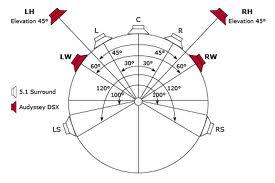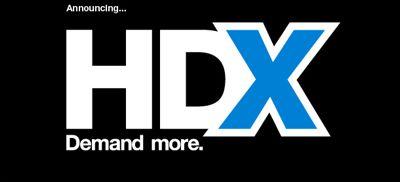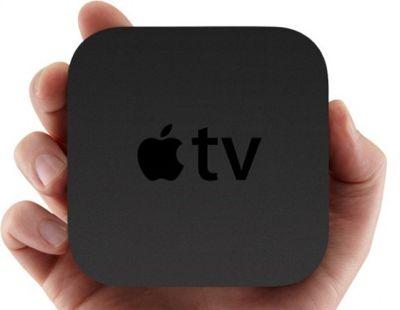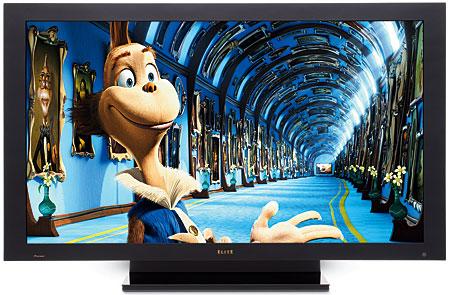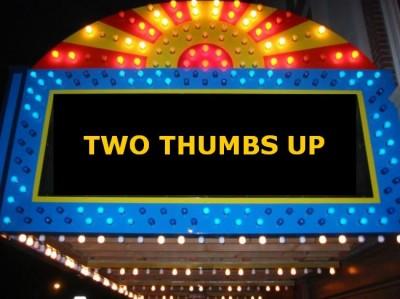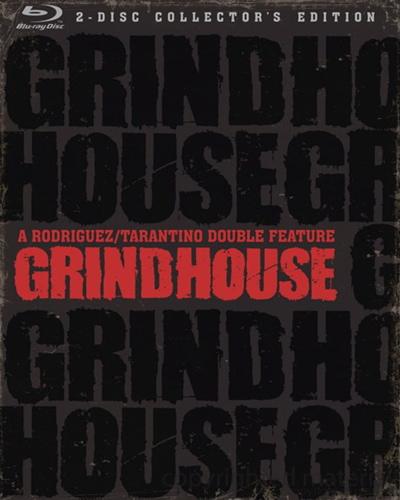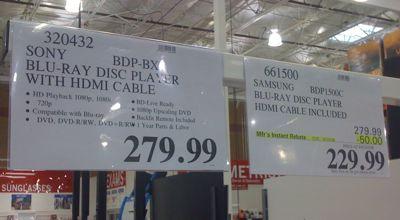Shane Buettner Blog
Sort By: Post Date TitlePublish Date
|
Dec 21, 2010
|
Dec 15, 2010
|
Dec 07, 2010
|
Nov 21, 2010
|
Nov 13, 2010
|
Nov 07, 2010
|
Oct 30, 2010
|
Sep 16, 2010
|
Feb 24, 2009 |
First Published: Feb 25, 2009
|
Nov 11, 2008 |
First Published: Nov 12, 2008
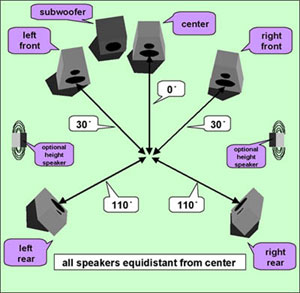 My recent post on extended surround surprised me with the response it drew, both quantitatively and qualitatively. I think what surprised me the most was how many of you have already moved beyond 5.1. Myself and most of the writers for the magazine are still using 5.1 as a base system, and occasionally jury-rigging extended surround on an as-needed basis for testing. I can’t answer for all of them, but I did want to pass along more of my own thoughts and experiences on the subject and why I’m still using 5.1 and not at all likely to change that anytime soon.
My recent post on extended surround surprised me with the response it drew, both quantitatively and qualitatively. I think what surprised me the most was how many of you have already moved beyond 5.1. Myself and most of the writers for the magazine are still using 5.1 as a base system, and occasionally jury-rigging extended surround on an as-needed basis for testing. I can’t answer for all of them, but I did want to pass along more of my own thoughts and experiences on the subject and why I’m still using 5.1 and not at all likely to change that anytime soon.
